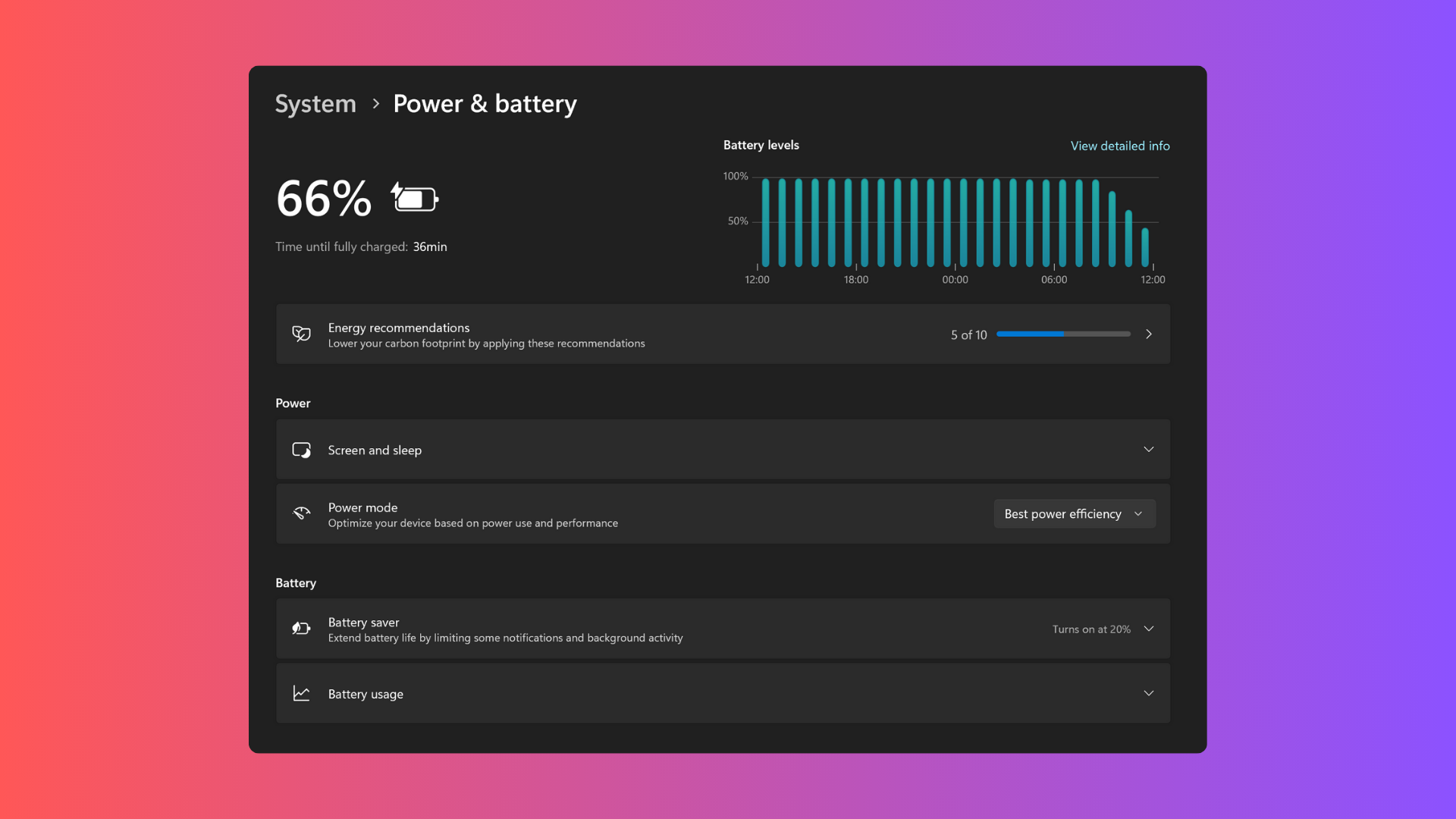What is Data Roaming?

Whether you travel a lot for business or just enjoy jetting off to far-away places, you’ll know how important it is to have access to your apps and data.
Whether you’re checking work emails or just sending a loved one a selfie of you on the beach while they’re stuck in the rain, it’s crucial to have access to the internet when abroad.
Your smartphone helps to make this all possible with data roaming. Here’s a breakdown of data roaming including what it is, how it works and the potential pitfalls you’ll want to avoid when using it.
What is data roaming?
Data roaming is the ability to use your service provider’s internet and other network features when you’re outside your wireless carrier’s coverage area. In some cases, your network provider may charge you extra for this feature.
This can be especially helpful if you’re staying in a hotel that has a weak or non-existent internet connection. Data roaming is also useful if you’re travelling outside your carrier’s coverage area but want to use your phone to access the internet. You can do this by switching on “data roaming” in your phone’s settings, and you’ll likely get a text with information on potential charges and fair use policy once enabled.
Why use data roaming?
Data roaming can let you access the internet when you’re in a place with weak or no wireless signal. It can also let you access the internet when travelling internationally, which can be helpful for international business travellers, holidaymakers or anyone else needing to access the internet abroad.
How does data roaming work?
Data roaming is often enabled by your phone’s carrier or mobile internet provider and is managed through their network. This means your phone’s carrier needs to have a “backhaul” connection to the internet so that it can send and receive data packets.
Your phone’s connection to the carrier’s network is often asynchronous, meaning it’s not always “on” or “off.” Your phone is “off” while you’re roaming, but a wireless carrier will “reach out” and then “pull in” your phone’s connection, allowing it to send and receive data packets.
The specific network that’s pulled through when you’re travelling will depend on the region and the deals that your regular network provider has in place with international carriers. This means that international coverage and signal could be spotty depending on your network.
Is data roaming safe?
Data roaming is generally safe, provided you choose your carrier carefully, follow their restrictions and only use the internet when roaming. However, data roaming comes with a few risks. If you’re not careful, you might inadvertently incur expensive overage charges by using a lot of data while out and about.
While most UK-based operators used to allow unlimited data use in Europe, that has changed in the past couple of years and most only allow you to use a fraction, if any, of your data without additional charges. Travelling further afield will almost certainly require you to buy some kind of data bundle from your carrier.
You can protect yourself from incurring overage charges by using your phone’s mobile data settings to limit your data usage. You may also want to enable automatic data throttling on your phone so that it temporarily slows down your data when you’re not using it.
When traveling abroad you also need to consider the countries’ privacy laws. Some countries’ data protection laws are a lot weaker than the UK’s, meaning it could be collected and stored by the government, or one of its agencies when roaming. That’s why we recommend people invest in a reliable VPN whenever they are concerned about their digital privacy. You can see a selection of the most reliable we’ve tested in our best VPN guide.







